TOSS
KEEP
SELL!
The Suddenly Frugal Guide
to Cleaning Out the Clutter and Cashing In
LEAH INGRAM
Founder, SuddenlyFrugal.com

Copyright 2011 by Leah Ingram
All rights reserved.
This book, or parts thereof, may not be reproduced in any form without permission from the publisher; exceptions are made for brief excerpts used in published reviews.
Published by
Adams Media, a division of F+W Media, Inc.
57 Littlefield Street, Avon, MA 02322. U.S.A.
www.adamsmedia.com
ISBN 10: 1-4405-0598-5
ISBN 13: 978-1-4405-0598-0
eISBN 10: 1-4405-0918-2
eISBN 13: 978-1-4405-0918-6
Printed in the United States of America.
10 9 8 7 6 5 4 3 2 1
Library of Congress Cataloging-in-Publication Data
Ingram, Leah.
Toss, keep, sell! / Leah Ingram.
p. cm.
ISBN 978-1-4405-0598-0
1. Storage in the home. 2. House cleaning. 3. Secondhand trade. I. Title.
TX309.I527 2010
648'.5 dc22
2010038853
Many of the designations used by manufacturers and sellers to distinguish their product are claimed as trademarks. Where those designations appear in this book and Adams Media was aware of a trademark claim, the designations have been printed with initial capital letters.
Recycling icons iStockphoto/kathykonkle
Money icons iStockphoto/browndogstudios
This book is available at quantity discounts for bulk purchases.
For information, please call 1-800-289-0963.
ACKNOWLEDGMENTS
Hillary Rodham Clinton may have famously said that it takes a village to raise a child, but I firmly believe that it takes a village to write a book. With this latest book in mind, that saying was as true as ever.
First, a shout out to all of my friends (virtual and real life) with whom I communicate on Facebook and Twitter as well as an online community for writers called Freelance Success (www.freelancesuccess.com). When I put out a call online for anecdotes on how people made cash from their clutter, these folks responded in droves.
Similarly, I wouldn't have been able to find the breadth of people that I interviewed for this book beyond my friends without two Internet resources that help writers like me find information for the pieces they're writing, whether that piece be a magazine article, a TV segment or a book. Those resources are Profnet (www.profnet.com) and Help a Reporter Out or HARO (www.helpareporter.com).
Thanks also to Jami Osiecki, a producer for the 10! Show at NBC 10 in Philadelphia. For the past year she's been receptive to nearly every frugal segment idea I've pitched her, and as a result I've been a guest expert on the show about once a month. Many of these ideas that I ended up discussing on the show were those I was working on when researching and writing Toss, Keep, Sell! and had I not had the opportunity to bring them to life on TV, I might not have found them valid enough to include in this book.
My literary agent Adam Chromy of Artists and Artisans got me to brainstorm the idea for this book, and my husband and children help me to put the book's premise into action by working to declutter our house and get money for doing so. If it hadn't worked for us, it never would have worked for the people I hope will buy this book, and I couldn't have included any of this advice in good conscience. But trust me, people, you really can get cash for your clutter, and I hope that in reading this book you'll end up with a neater home and more money in your pocket.
Introduction
GETTING ORGANIZED DOESN'T HAVE TO COST A LOT
Would you like to start making money by selling your old clothes and your clutter? There's no reason to pay anywhere from $50 to $100 an hour to hire a professional organizer to go through your closets you can do that yourself. A professional is also likely to recommend fancy storage and organizational systems to get your house in order, but I'll bet that you probably already own all you need to get neat and tidy. I believe you can do it all yourself.
Businesses that profit from people's clutter would say that you need their help. After all, with American households more cluttered than ever, their revenue is on the rise. The company 1-800-GOT-JUNK has hauled away more than five million truck-loads since its founding in 1989. There are more than 7,000 I Sold It franchises nationwide that help people make money from their clutter by selling it on eBay (for a fee). And self-storage facilities are popping up all across the country. The National Association of Resale and Thrift Shops reports that business at resale and consignment shops is booming. For example, Buffalo Exchange consignment chain expects revenues to rise from $56.3 million in 2009 to $70 million by 2015.
That's where this book comes in. It will help frugal folks like you get your home in order and help you find ways to make money from things you no longer need or want.
A recent survey on my blog Suddenly Frugal (www.suddenlyfrugal.com) showed that there is a tremendous interest in making money while getting more organized. For example, 92 percent of survey takers have sold their clutter for cash and would do so again in the future. Many of the people who took this survey have used more than one selling method to sell various household items.
Here are some highlights from that survey:
(Note: Because people may have used more than one way to get cash for their trash, they likely marked multiple answers for the survey question What method do you use to sell your stuff? This is why the numbers below add up to more than 100 percent.)
 74% hold yard sales to get rid of excess stuff
74% hold yard sales to get rid of excess stuff
 51% use Craigslist to get cash for clutter
51% use Craigslist to get cash for clutter
 48% rely on eBay to sell off their stuff
48% rely on eBay to sell off their stuff
 40% take their castoffs to a consignment or resale shop
40% take their castoffs to a consignment or resale shop
 20% find other ways to make money from their stuff, ranging from classified ads to neighborhood listservs to Amazon's Marketplace to local flea markets
20% find other ways to make money from their stuff, ranging from classified ads to neighborhood listservs to Amazon's Marketplace to local flea markets
When trying to get cash for things they no longer need, here's what people who took this survey were selling the most often:
 Books (77%)
Books (77%)
 Clothing (72%)
Clothing (72%)
 Furniture (71%)
Furniture (71%)
 Games and toys (61%)
Games and toys (61%)
 Appliances (35%)
Appliances (35%)
 Jewelry and accessories (33% each)
Jewelry and accessories (33% each)
 Other stuff, including sporting equipment, collectibles, and electronics (38%)
Other stuff, including sporting equipment, collectibles, and electronics (38%)
People seem to do fairly well in making money from their things. In most instances, survey takers make a couple hundred dollars from items they might have just thrown out!
Of those items making money, here are the two things that sell the best:

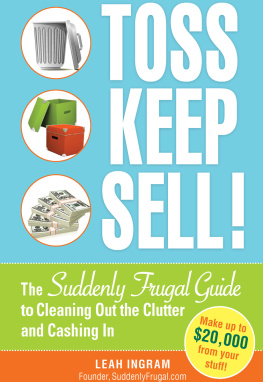
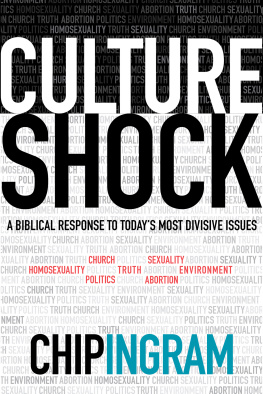

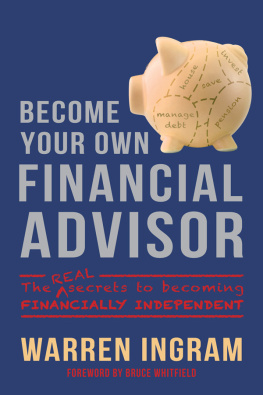
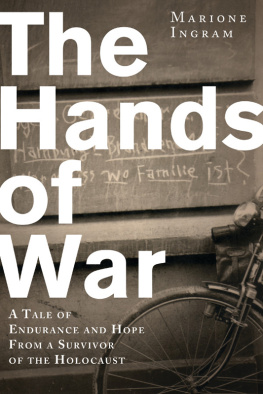


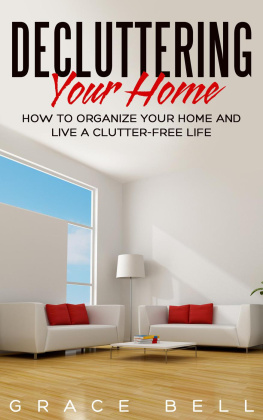



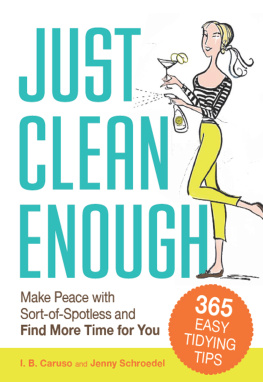
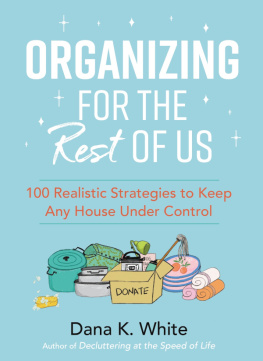
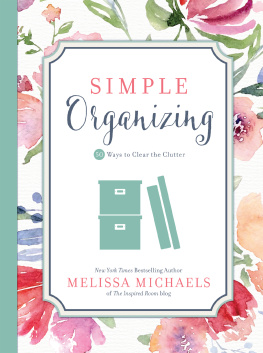

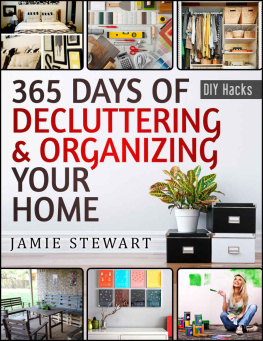
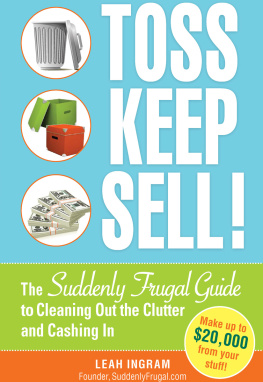

 74% hold yard sales to get rid of excess stuff
74% hold yard sales to get rid of excess stuff